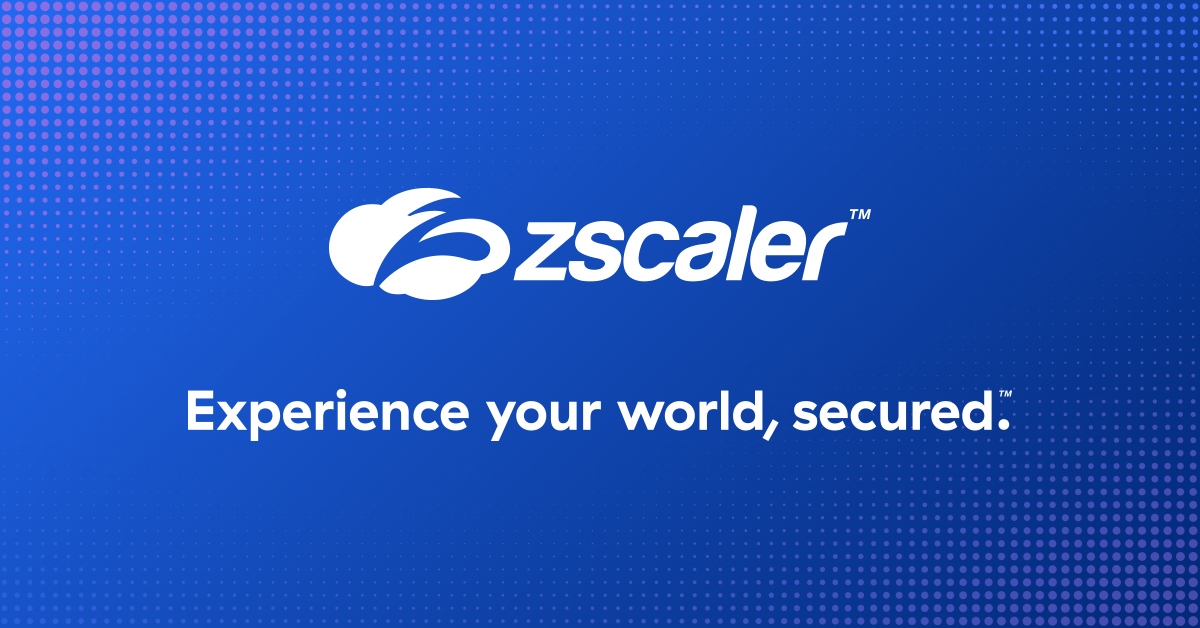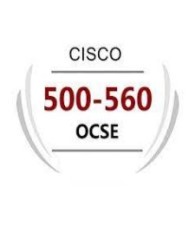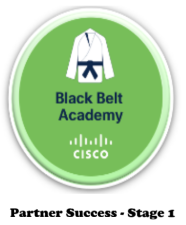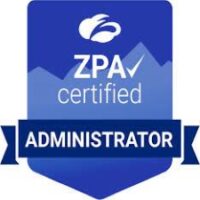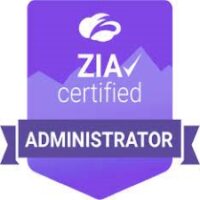Post Content
Cyber Lines of Communication
Establishing secure CLOCs to move information across the military operating environment is the operational imperative behind the DoD’s Zero Trust Reference Architecture (RA). The RA identifies 7 principles as guidance across the department as each military department implements zero trust. The first principle: Assume no implicit or explicit trusted zone in networks. As described above, relying on secure network technologies (Virtual Private Networks, Firewalls, Cross-Domain Solutions, etc.) will not protect the information resident on those networks. Each of the other principles build on the first and provide components that make use of the architecture to deploy a CLOC.
There are a couple of operational use cases that are top of mind in the department today where mission success requires leveraging CLOCs through zero trust. The first is Agile Combat Employment (ACE). The ACE vision requires a lean and light force that is capable of rapidly dispersing throughout an area of responsibility (AOR) with a minimal footprint. Cyber operators typically bring many pallets of information and computing technology (ICT) to establish a forward operating location. The ICT brought forward includes networking hardware, security tools to protect the network, and servers with mission critical apps. With zero trust establishing CLOCs to securely access cloud-based mission critical apps, the amount of equipment necessary is dramatically reduced and thus becomes a force multiplier to achieve the ACE vision.
So how does zero trust make it possible to reduce the deployable footprint? A cloud-based security solution, that operates in-line between the user and the application, dramatically shrinks the requirement to leverage hardware security appliances that attempt to secure the network (violating principle #1 in the RA) and protect users. Creating a CLOC through zero trust is essentially creating an HOV lane that rapidly moves critical information, securely, from users to applications, or sensors to shooters, or geospatial data to common operational pictures. To accomplish this, each connection is established after authorizing the identity of the user (RA Principle #2), a risk assessment is determined (RA Principle #4), the communication is encrypted (RA Principle #5), and the connection is monitored for nefarious activity or changes in access policy (RA Principle #6). Zscaler delivers a zero trust CLOC that meets the DoD’s principles and can be implemented in the cloud, or in an on-premises variation for early stages of building out a Forward Operation Location (FOL).
The second use case is the challenge of operating in a coalition environment. Since Zscaler is creating a bespoke connection that is segmenting the user directly to the application, there is no need to build separate networks to host coalition data and information. Instead, a coalition application is all that is necessary to enable secure coalition data exchanges. As RA Principle #2 advises, there must be an identity which is managed to authorize access to data and information. With a coalition identity and zero trust access through a CLOC, coalition partners can be rapidly on-boarded and granted access. Often in just minutes!
Zscaler has partnered with Service Now to build a notional Mission Partner Environment (MPE) identity repository of coalition partners. MPEs allow the military and its trusted partners to communicate, collaborate and to share sensitive, classified information securely and in real-time. Once an individual partner is identified as participating in the coalition operation, a Service Now workflow creates and provisions an identity in Microsoft Active Directory, that can be exported to any SAML 2.0 Identify Provider (IdP). Once the identity is established, all the Zscaler security functionality can be made available to establish the bespoke CLOC between the coalition partner and the mission partner application. This same workflow can be used for joint access, so this solution enables rapid access to Coalition and Joint All-Domain Command and Control data and information.
While zero trust is often viewed as something new, it has a long history in industry and the private sector. More importantly, from the early days of network-centric warfare over 20 years ago, the DoD has been tackling the challenge of getting the right information to the right place at the right time. Viewing this challenge as a logistics activity through the establishment of Cyber Lines of Communication, in a domain that cannot be completely owned and controlled through military operations, helps establish the correct pathways to enable mission success.

